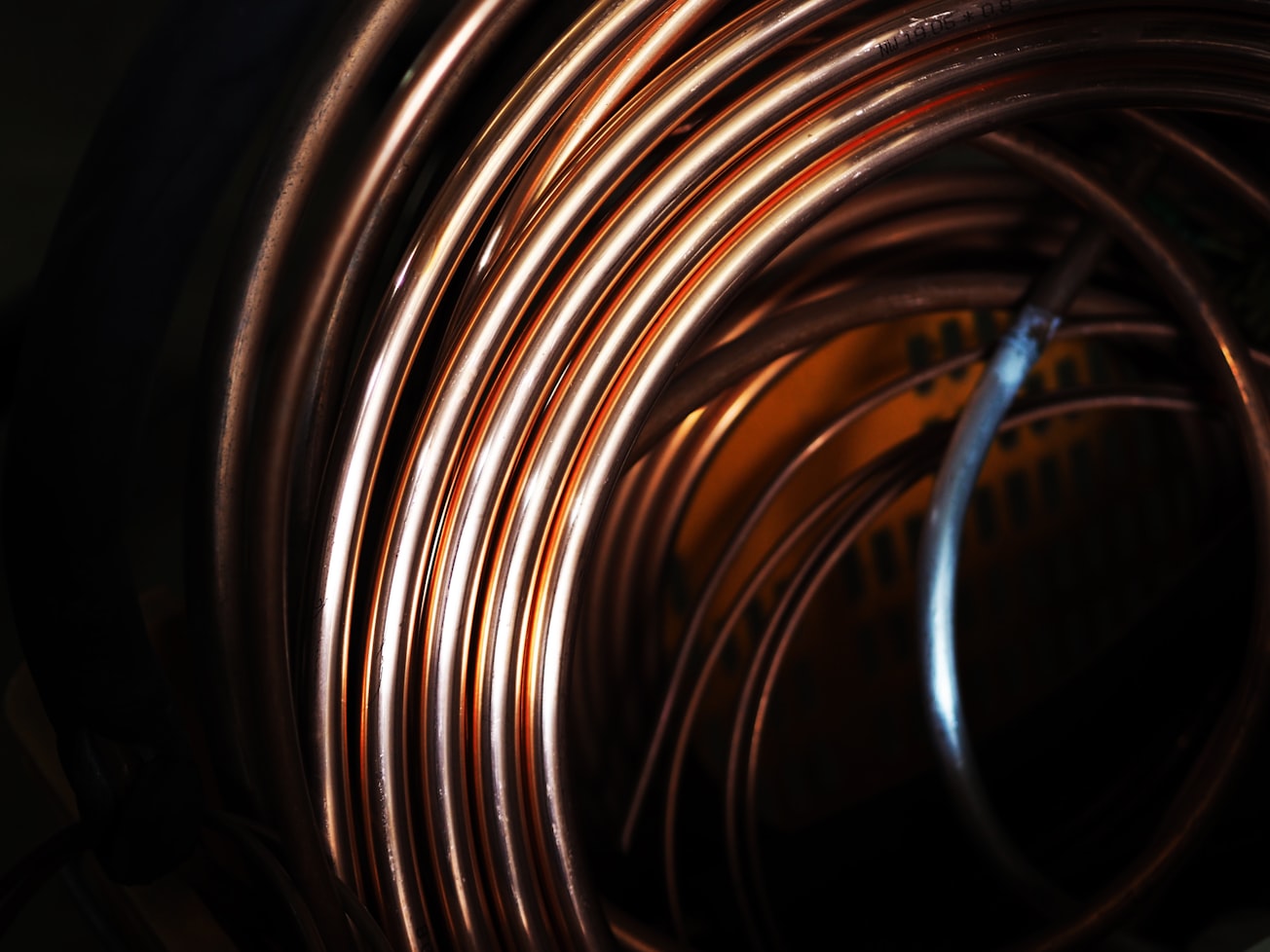What is it about?
The amounts of carbon dioxide (CO₂) and carbon monoxide (CO) in the atmosphere are on the rise due to the growing number of people and industries in the world. Controlling the carbon release isn’t enough to reduce its effect; we also need to remove the CO₂ that is already in the air. Copper based catalysts may just be the answer to this; these can convert CO₂ into chemicals that can be used elsewhere via reduction reactions. Most studies that look at these reactions focus on improving their efficiency. The specifics of copper surfaces while in reaction have rarely been explored. To know more about this, the authors looked at the properties of copper in different forms undergoing the CO reduction reaction. They found that amount and type of oxide and hydroxide ions present on copper in its foil form were very distinct from those on copper in other forms. They also found that surface species containing oxygen are probably not responsible for the formation of C2+ oxygenates during CO reduction reactions.
Featured Image

Photo by Ra Dragon on Unsplash
Why is it important?
Having a basic understanding of how the reaction happens and what drives it is essential for making new and better catalysts. The surface specifics of the most commonly used copper surfaces give a lot of data about the type of oxides, hydroxides, and oxygen species present during the reaction. It also shows what role surface species play in the reactions. KEY TAKEAWAY: The study carried out under CO reduction conditions allowed the authors to figure out more about surface species and their types across different types of copper catalyst surfaces.
Read the Original
This page is a summary of: Speciation of Cu Surfaces During the Electrochemical CO Reduction Reaction, Journal of the American Chemical Society, May 2020, American Chemical Society (ACS),
DOI: 10.1021/jacs.0c02354.
You can read the full text:
Contributors
Be the first to contribute to this page







